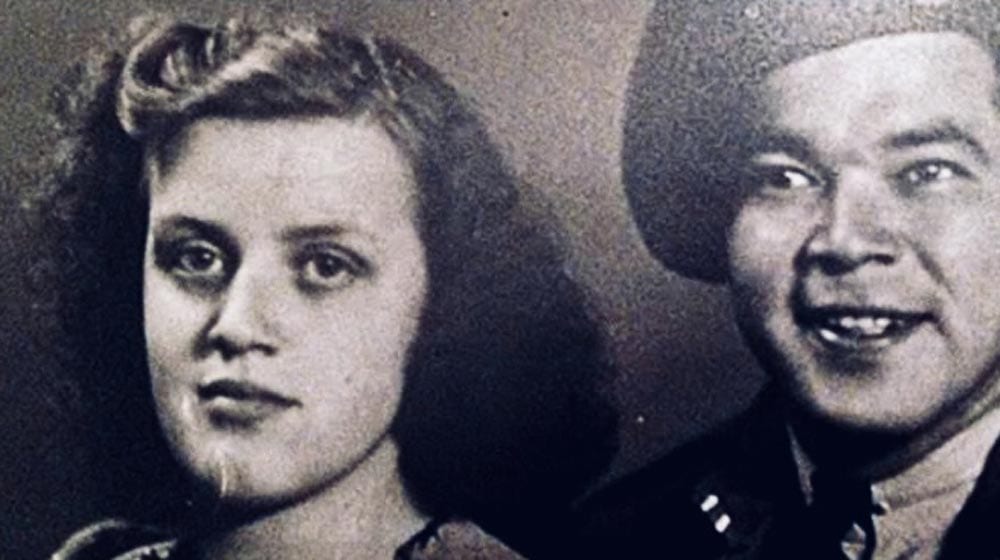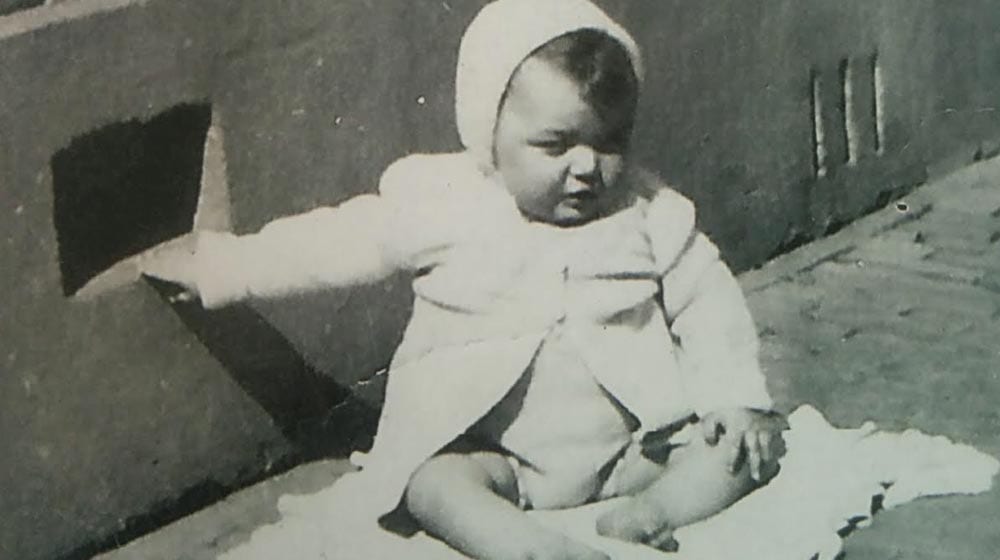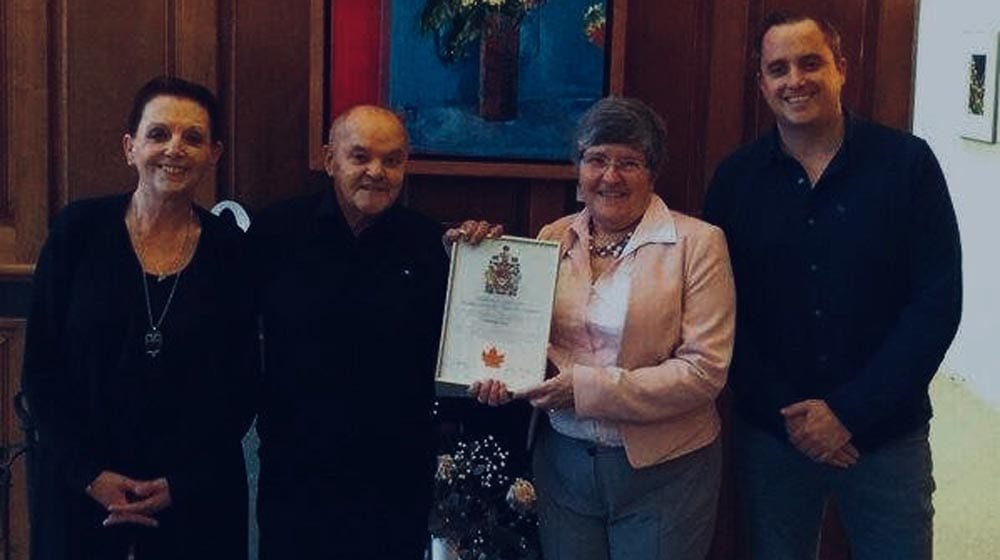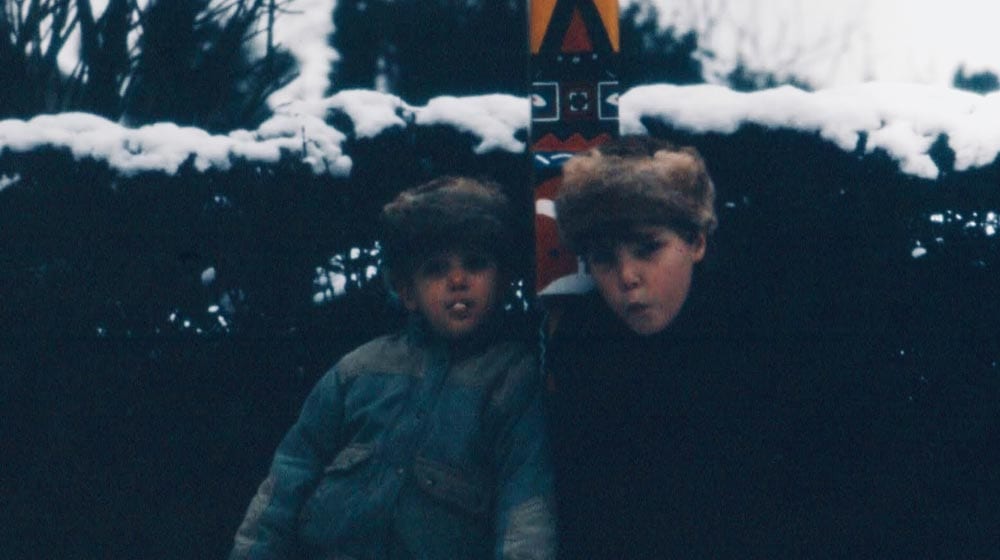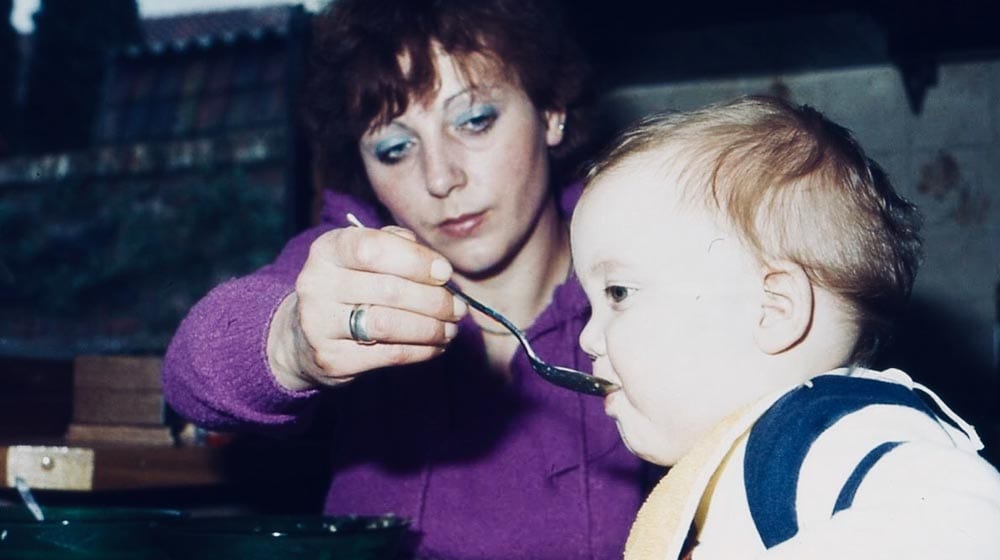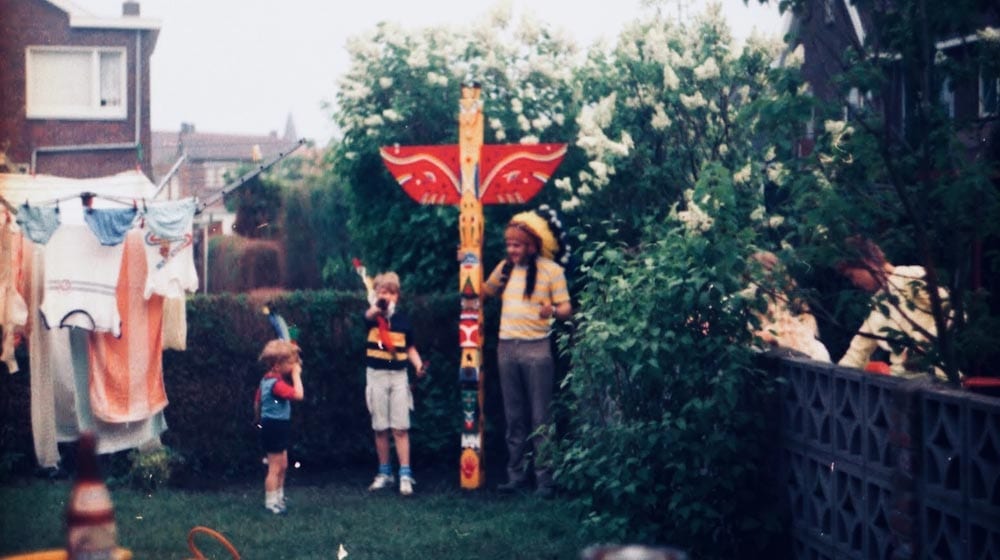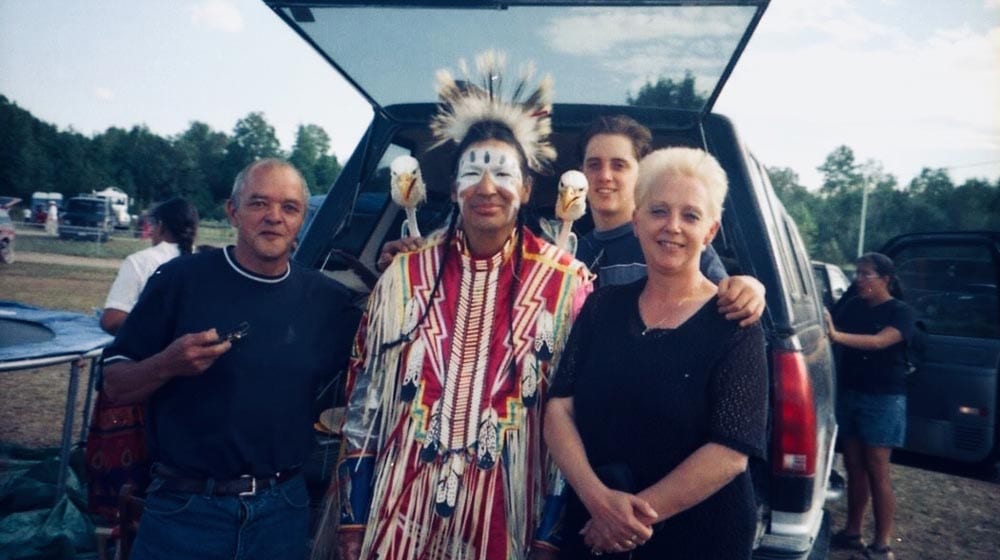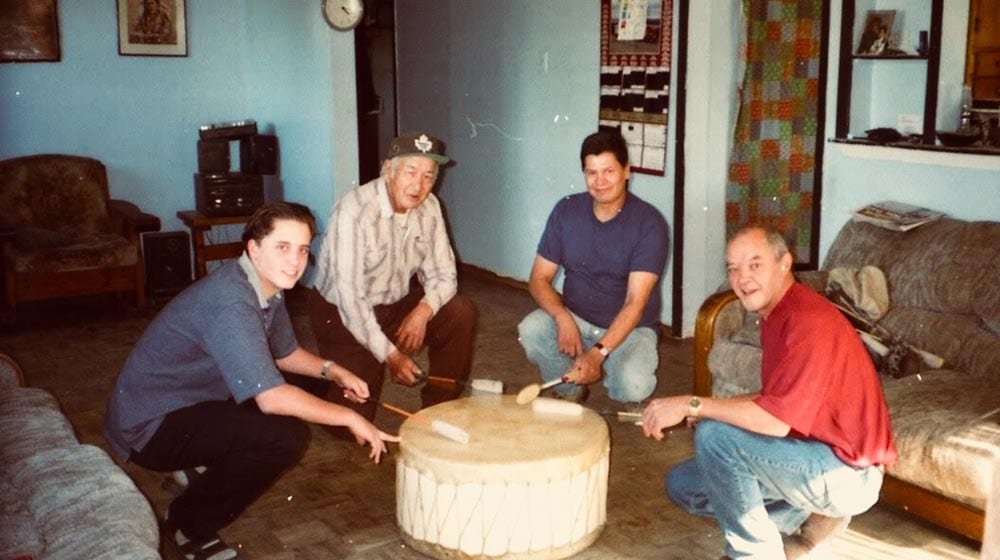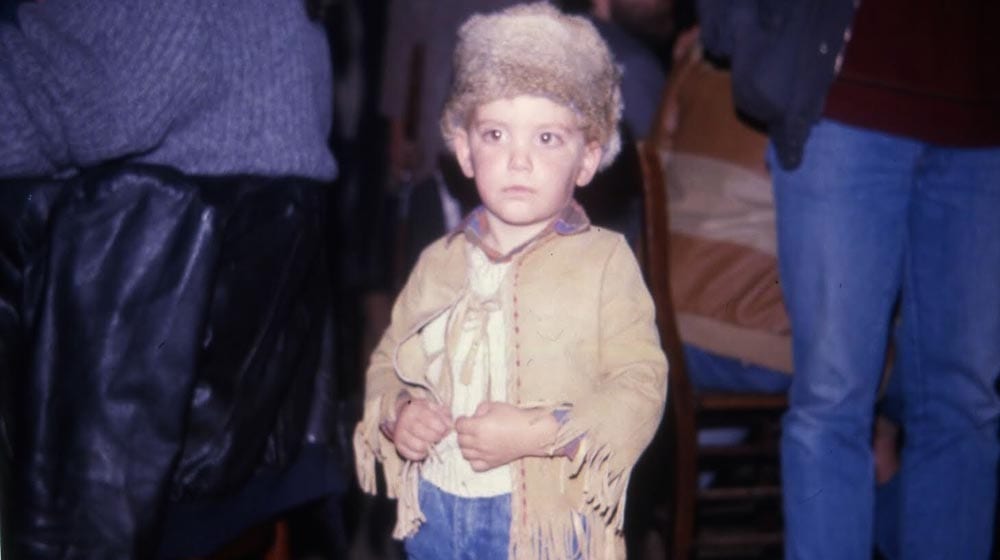
Mike van Ee, 35, grew up knowing he was Indigenous.
Yet he also grew up with colourful windmills, bright tulips, Dutch cheese and watching soccer — which he calls football.
That’s because van Ee was born and raised in the Netherlands.
Even though he said his life has been good there, van Ee always knew something was missing; his Canadian citizenship.
van Ee is among what are coined the “lost Canadians.”
He’s not alone either.
However, after a long intergenerational fight with the department of Immigration, Refugees and Citizenship, van Ee will finally find a resolution.
This week van Ee will be taking the oath at a citizenship ceremony in Montreal.
A family’s intergenerational struggle
Like many lost Canadians, the history of van Ee’s lost citizenship is cloudy.
He said he knows his grandfather, the late Walter Mejaki hailed from the Sagamok First Nation in central Ontario.
Mejaki was an Indigenous World War II soldier and residential school survivor who travelled to Europe to join the fight against Germany.
(Walter Mejaki and Hendrike Herber in the Netherlands in 1945)
That’s where Mejaki had a romance with Hendrike Herber, a Dutch woman from the Netherlands. In April 1946, they had a son, Willy van Ee, who was born out of wedlock, like so many others.
For instance, according to Olga Rains book, “Voices of the Left Behind: Roots and the Canadian War Children of World War II,” there were more than 7,000 illegitimate births in the Netherlands in 1946.
By joining the military, Mejaki lost his Indian status under the Canadian government’s enfranchisement policies. It also meant that his son Willy could not become a Canadian citizen.
As far as the Canadian military was concerned, children born out of wedlock to Canadian servicemen and Dutch women were not Canada’s responsibility.
(Willy van Ee, Mike van Ee’s father, as a baby in the Netherlands)
Mike van Ee doesn’t have a lot of details but at some point when his father was young, Mejaki and Herber broke up and Mejaki travelled back to Canada.
He eventually settled down in Milwaukee, WI, while their son Willy stayed in the Netherlands with his mother.
(At the age of 70, Willy van Ee finally receives his Canadian citizenship in The Hague in May 2017)
Decades later, Willy, Mike van Ee’s father found some resolution.
“My father got his Canadian citizenship last year, and he fought for it for 70 years with a lot of bureaucracy,” said van Ee when reached by phone.
His father received his citizenship at the Canadian embassy in The Hague in May 2017.
(Mike van Ee with his older brother Roy)
However, that citizenship did not extend to himself and his older brother, Roy.
Growing up Dutch, growing up Indigenous
When van Ee was a child, he would play cowboys and Indians with his friends. Of course, he said, van Ee always played the “Indian.”
(Mike van Ee as a baby with his mother in the Netherlands)
He also remembers shaking the hands of many Indigenous soldiers as a child.
“Native people were visiting us during my young life when I was at my parent’s place, like Native soldiers from WWII,” said van Ee.
He recalls parading around with Indigenous soldiers for Remembrance Day and Liberation Day ceremonies, waving to the public.
“It’s still big in Europe, WWII. They’re like heroes for us,” said van Ee.
“As a child it is totally impressive.”
(The two boys with their father, Willy, who just finished carving a totem pole for the family’s backyard)
van Ee said it was his father’s way not to forget the importance of Indigenous soldiers and it was something he wanted to pass down to his children.
From growing up with Indigenous art on the walls to being asked questions by friends about his ancestry, as the years passed van Ee only got more curious about this family’s background.
“The older you get the more lost you feel,” said van Ee about this ancestry.
“I never understood much about it.”
(Mike van Ee in Wiikwemkoong First Nation with his family and relatives in 2000)
Then in 2000 when he was 18-years-old, van Ee accompanied his father to Ontario and the Sagamok First Nation and to Wiikwemkoong on Manitoulin Island. Many of the van Ee’s Indigenous relatives also live in Wiikwemkoong.
(The van Ee’s visit to Wiikwemkoong First Nation sitting around a drum, 2000)
“I always promised the people that when I was 18, I’m coming back, I promised that,” said van Ee.
“I can learn from them and they can learn from me, we are two worlds.”
(Mike van Ee holding up his Indian status card, he’s been a cardholder since 1999)
Prior to his trip to Canada, van Ee received his Indian status card from then Indigenous and Northern Affairs Canada.
Reuniting with his roots
When his father Willy received his Canadian citizenship, van Ee said he was asked by the Canadian ambassador at the time why he wasn’t applying for his citizenship, too.
That’s when he started the process for himself.
This pass August, van Ee learned his application was granted by the department of Immigration, Refugees and Citizenship.
“The Canadian passport is important for me to be able to reunite at some point in my life to go back to my roots, and to use my rights as a Native Canadian,” said van Ee.
This week van Ee is travelling to Canada with his father to attend a citizenship ceremony in Montreal.
He will be in the country for 10 days with plans on visiting relatives in Wiikwemkoong.




